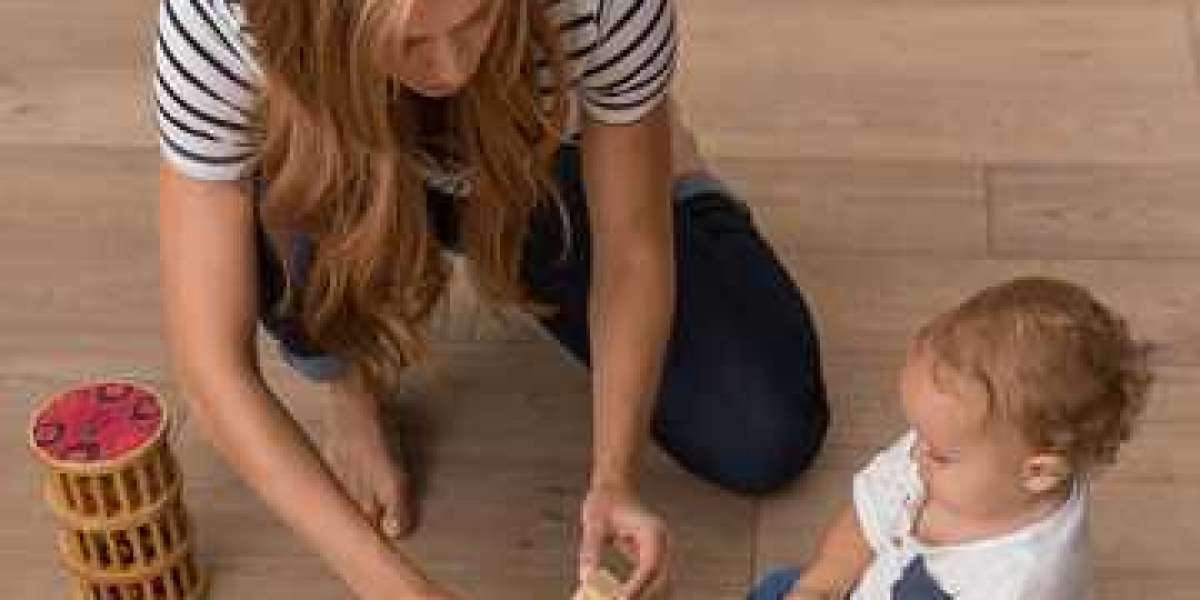Wood flooring has become a popular choice for homeowners in the UK, thanks to its timeless beauty, durability, and the warmth it brings to any interior. Whether you are renovating an existing space or designing a new one, selecting the right wood flooring can significantly enhance your home's aesthetic and value. This article provides a detailed guide to wood flooring in the UK, covering various types, benefits, installation processes, maintenance tips, and current trends to help you make an informed decision.
Types of Wood Flooring
Solid Wood Flooring
Solid wood flooring is crafted from a single piece of timber, providing a classic and authentic look. Each plank is typically 18-20mm thick, which allows for multiple refinishes over its lifetime. The most popular species for solid wood flooring in the UK include oak, maple, and walnut. Key benefits of solid wood flooring include its long lifespan, ability to be sanded and refinished, and its natural warmth and character.
Engineered Wood Flooring
Engineered wood flooring consists of a top layer of real wood veneer bonded to multiple layers of plywood or high-density fiberboard. This construction makes it more stable and less prone to warping compared to solid wood, especially in areas with fluctuating temperatures and humidity. Engineered wood is available in a variety of wood species and finishes, offering both aesthetic appeal and practical advantages.
Parquet Flooring
Parquet flooring is a distinctive option that involves arranging small pieces of wood in geometric patterns, such as herringbone or chevron. This style is highly sought after for its decorative appeal and historical charm. Parquet flooring can be made from either solid wood or engineered wood, allowing for flexibility in design and budget.
Benefits of Wood Flooring
Aesthetic Appeal
Wood flooring adds a touch of elegance and sophistication to any room. The natural grain patterns and rich colours can complement various interior design styles, from traditional to contemporary. Over time, wood flooring develops a unique patina that enhances its character.
Durability and Longevity
When properly maintained, wood flooring can last for decades, even centuries. Solid wood floors can be sanded and refinished multiple times, effectively renewing their appearance and extending their lifespan. Engineered wood flooring, while less durable than solid wood, still offers excellent longevity due to its robust construction.
Easy Maintenance
Wood flooring is relatively easy to clean and maintain. Regular sweeping or vacuuming, combined with occasional damp mopping, can keep your floors looking pristine. Unlike carpets, wood floors do not trap dust, allergens, or pet hair, making them a healthier option for households with allergy sufferers.
Increased Property Value
Investing in high-quality wood flooring can increase the resale value of your home. Potential buyers often view wood flooring as a premium feature, appreciating its beauty and durability. Buy wood flooring near me can make your property more attractive on the market and potentially command a higher price.
Installation Methods
Nail-Down Installation
Nail-down installation is commonly used for solid wood flooring. This method involves nailing the wood planks to a wooden subfloor, providing a secure and stable fit. While this method is durable, it requires professional expertise to ensure proper alignment and avoid damage to the planks.
Glue-Down Installation
Glue-down installation is suitable for both solid and engineered wood flooring. In this method, adhesive is applied to the subfloor, and the wood planks are pressed into place. This technique offers strong adhesion and reduces the risk of movement or creaking, making it ideal for concrete subfloors.
Floating Installation
Floating installation is primarily used for engineered wood flooring. The planks are not attached to the subfloor but are instead locked together using a tongue-and-groove mechanism. This method is quicker and easier to install, making it a popular choice for DIY enthusiasts. It also allows for natural expansion and contraction of the wood.
Maintenance Tips for Wood Flooring
Regular Cleaning
To maintain the beauty of your wood floors, establish a regular cleaning routine. Sweep or vacuum your floors daily to remove dust and debris. Use a soft-bristle broom or a vacuum cleaner with a hardwood floor attachment to prevent scratches. Damp mop with a wood-friendly cleaner weekly to remove any stubborn dirt or stains.
Preventative Measures
Place mats at entryways to catch dirt and moisture before it reaches your floors. Use furniture pads under the legs of tables, chairs, and other heavy items to prevent scratches. Avoid wearing high heels or dragging heavy objects across the floor, as these can cause damage.
Dealing with Spills
Wipe up spills immediately to prevent moisture from seeping into the wood and causing stains or warping. Use a soft, dry cloth to blot the spill, followed by a slightly damp cloth if necessary. Avoid using harsh chemicals or abrasive cleaners that can damage the wood’s finish.
Periodic Refinishing
Over time, wood flooring can develop scratches and dullness. Periodic sanding and refinishing can restore its original beauty. For solid wood floors, this process can be repeated multiple times. Engineered wood floors can also be refinished, but the number of times depends on the thickness of the top veneer layer.
Current Trends in Wood Flooring
Wide Planks
Wide planks are gaining popularity for their ability to make spaces look larger and more cohesive. They also showcase the natural grain patterns of the wood more prominently, adding to the floor's visual appeal.
Distressed and Reclaimed Wood
Distressed and reclaimed wood flooring offers a rustic and vintage look that adds character and history to your home. This trend embraces imperfections, such as knots, cracks, and colour variations, making each floor unique.
Sustainable Choices
As environmental concerns grow, many homeowners are opting for sustainable wood flooring options. This includes flooring made from rapidly renewable species like bamboo or cork, as well as reclaimed or recycled wood. Certification from organizations like the Forest Stewardship Council (FSC) ensures the wood is sourced responsibly.
Grey and White Wash Finishes
Grey and white wash finishes are trending for their modern and versatile aesthetic. These finishes can complement various interior styles, from Scandinavian minimalism to coastal chic, and provide a contemporary alternative to traditional wood tones.
Conclusion
Choosing the right wood flooring for your home in the UK involves considering various factors, including the type of wood, installation method, and maintenance requirements. Solid wood, engineered wood, and parquet flooring each offer unique benefits and aesthetic appeal. Regular maintenance and attention to current trends can help you create a stunning and durable floor that enhances your living space and increases your property’s value.








